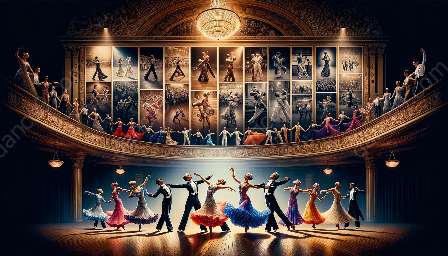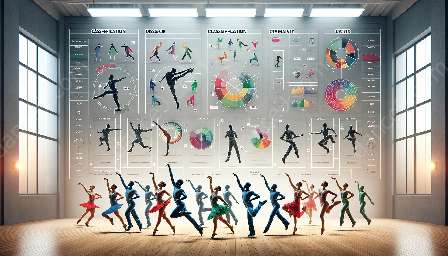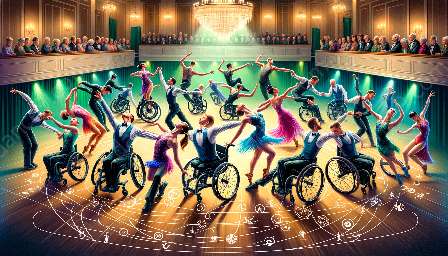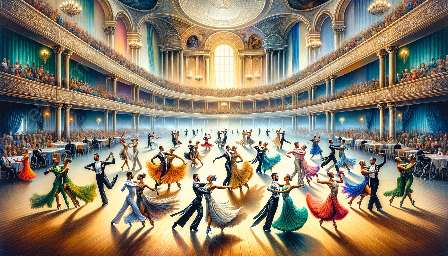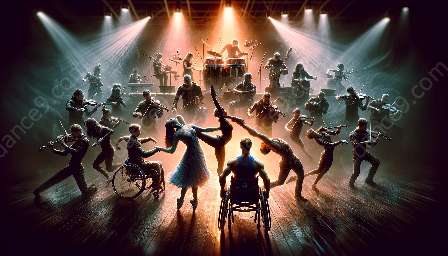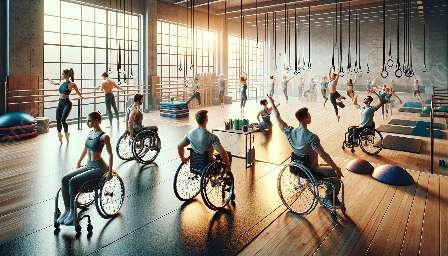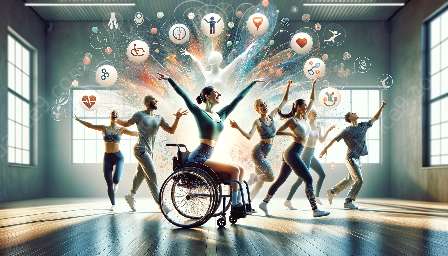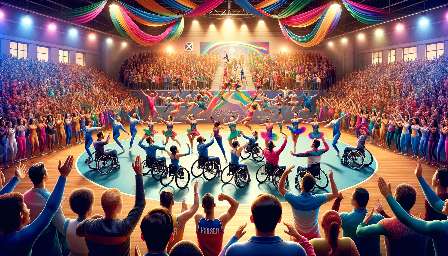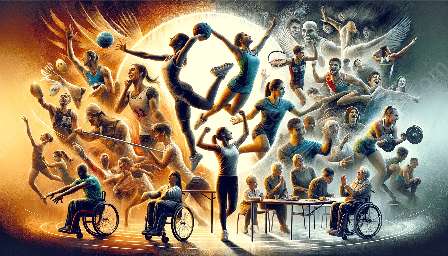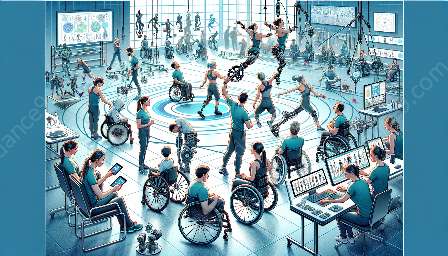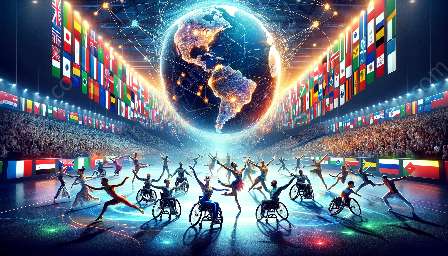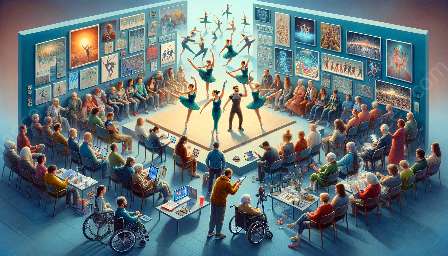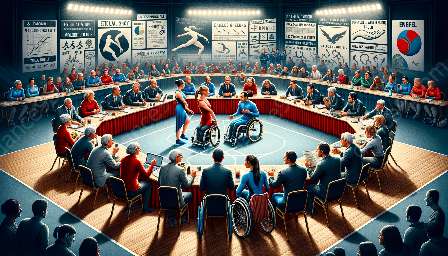Dance has always been an integral part of society, serving as a means of expression, entertainment, and connection. In recent years, para dance sport has gained recognition as a competitive and inclusive form of dance, providing individuals with physical disabilities the opportunity to showcase their talents and skills. However, the classification system in para dance sport has raised important cultural and social implications, particularly in the context of the World Para Dance Sport Championships.
Classification System in Para Dance Sport
The classification system in para dance sport serves as a means to ensure fair competition by grouping dancers based on their physical impairments or disabilities. This system aims to provide a level playing field for all participants, allowing them to compete against others with similar abilities. While the intention behind the classification system is to promote inclusivity and equity, it also gives rise to various cultural and social considerations.
Implications on Identity and Representation
One of the significant cultural implications of the classification system is its impact on the identity and representation of para dancers. By categorizing individuals based on their disabilities, the system may inadvertently reinforce stereotypes and stigmas associated with different impairments. This can affect the way para dancers are perceived by the broader society and within the dance community. Furthermore, it raises questions about the portrayal of diversity and inclusion within the sport.
Social Impact on Community and Support
The classification system also has social implications for the para dance sport community. It influences the formation of support networks and the sharing of experiences among participants with similar disabilities. While it offers a sense of belonging and understanding, it may also create division and competition within these groups. Moreover, it can impact the allocation of resources and support for individuals based on their classification, potentially leading to inequalities in training opportunities and access to coaching and other forms of assistance.
World Para Dance Sport Championships
The World Para Dance Sport Championships serves as the pinnacle event in the para dance sport calendar, bringing together elite dancers from around the world to showcase their skills and compete for top honors. The cultural and social implications of the classification system are particularly pronounced in the context of this prestigious event.
Cultural Diversity and Global Representation
As the event attracts participants from diverse cultural backgrounds and nations, the implications of the classification system extend to the representation of different cultural perspectives on disability and dance. It provides an opportunity to foster cross-cultural understanding and appreciation for the varied ways in which para dance sport is approached and celebrated across the globe.
Social Inclusion and Empowerment
Within the World Para Dance Sport Championships, the classification system plays a crucial role in promoting social inclusion and empowerment for para dancers. It offers a platform for individuals to demonstrate their talents and capabilities while challenging societal perceptions of disability. Moreover, it creates a sense of community and camaraderie among participants, fostering a supportive and empowering environment for all involved.
Conclusion
The classification system in para dance sport undoubtedly carries significant cultural and social implications, shaping the experiences and opportunities of para dancers within the sport and at prestigious events such as the World Para Dance Sport Championships. Despite the challenges it presents, the system also offers opportunities to celebrate diversity, promote inclusivity, and empower individuals to excel in their passion for dance.

